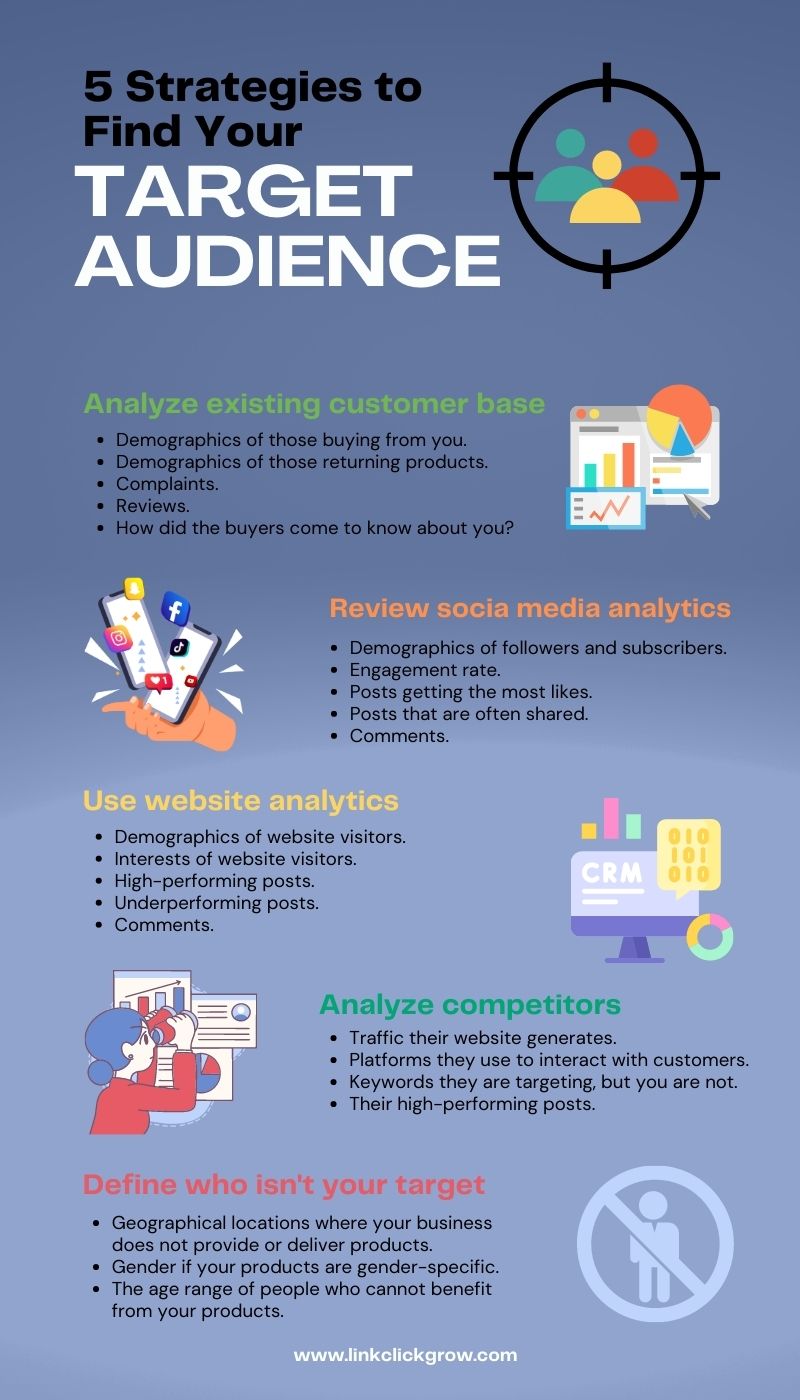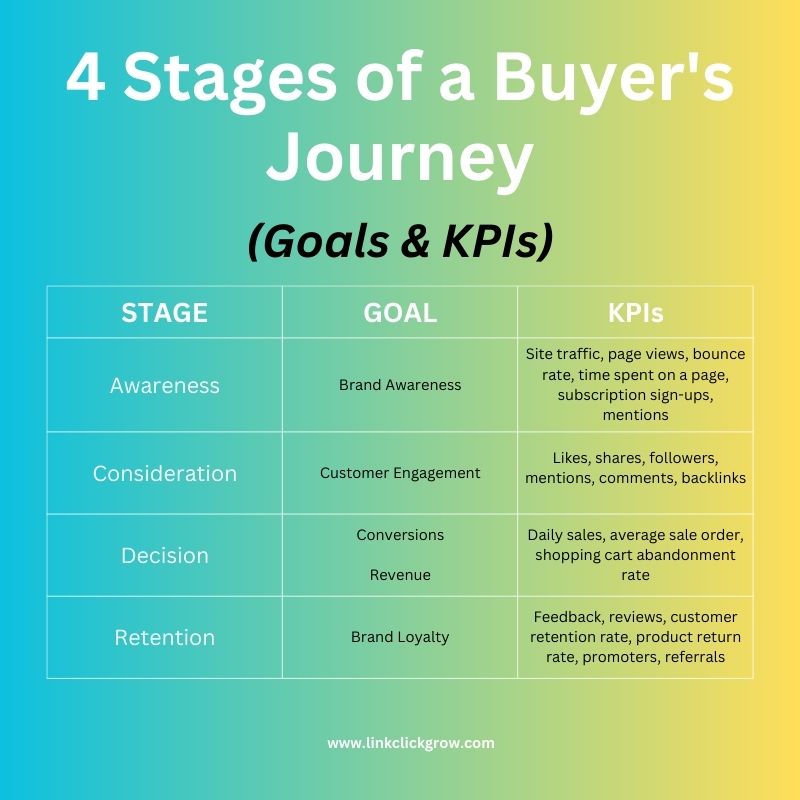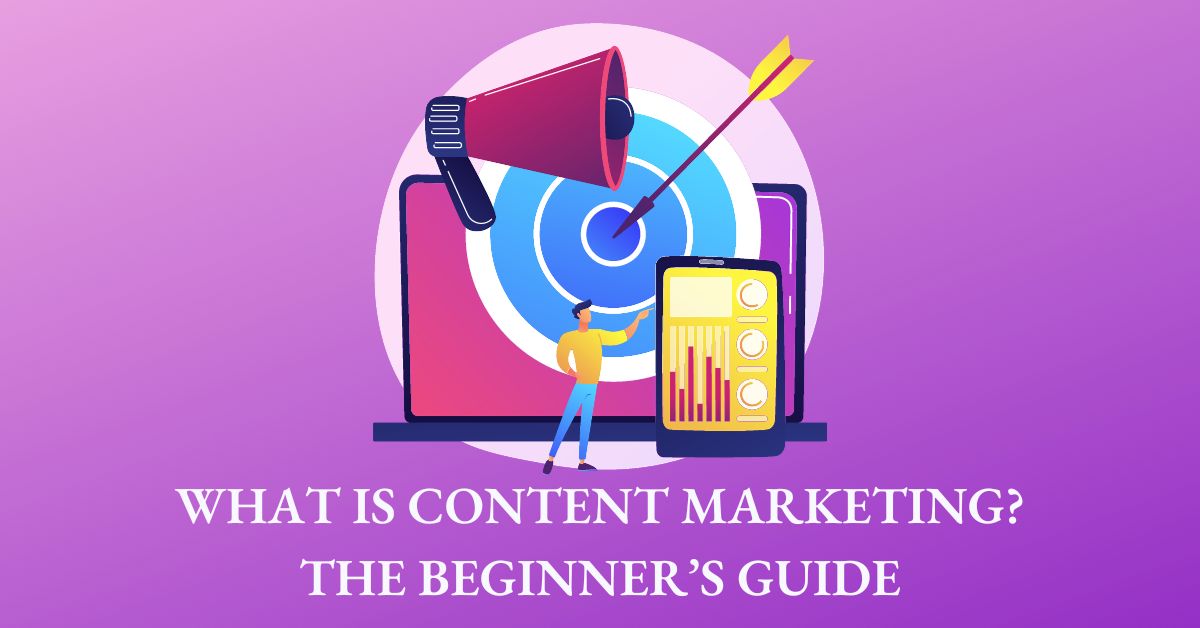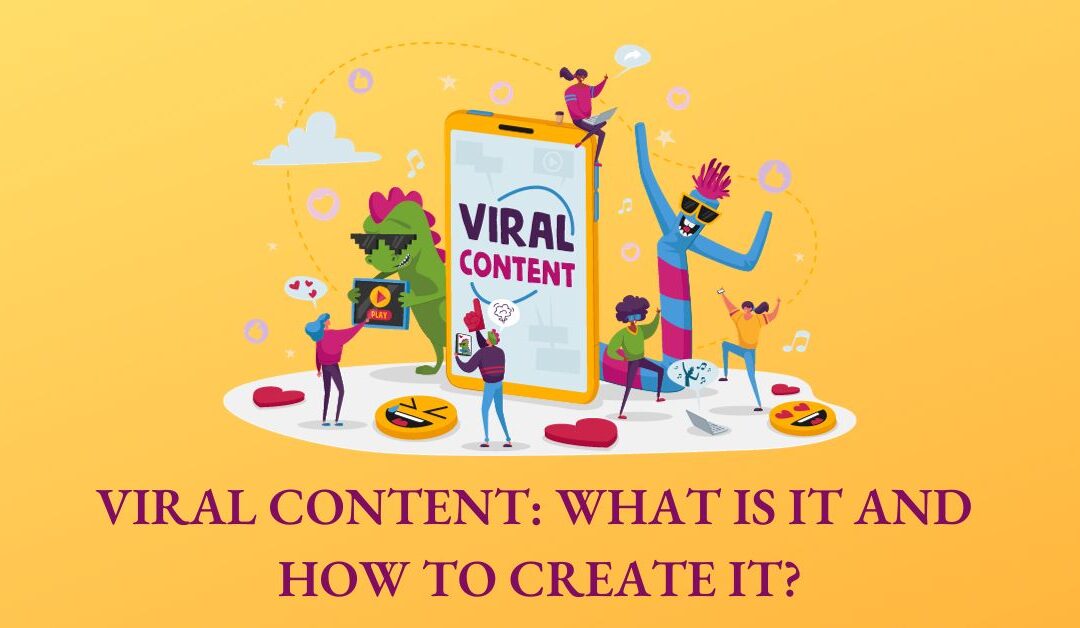Content marketing is a helpful way to promote products and services without incurring hefty costs. It aims to create and share valuable, insightful content to attract, engage, and retain customers. However, irrespective of the format and type of content, it is only helpful if it meets the needs of its audience. Therefore, an effective content marketing strategy focuses more on customer needs than the company’s.
This document will discuss content marketing, its different types and benefits, and the steps to do it effectively.
Different Types of Content Marketing
Your target audience may be using different platforms for accessing information. For example, some users rely on YouTube, while others use social media to find content. However, not all platforms are best suited for different formats of content. For example, Facebook is best for sharing written content, while Pinterest is best for sharing visual content.
Therefore, you must exploit multiple content marketing types best suited for your niche to increase your audience base.
Blogging
Blogging is undoubtedly the most popular type of content marketing. Users turn to Google whenever they are looking for answers, and Google returns web pages containing relevant information, most of which are blog posts. Blogging relies on written content to reach out to its audience. It requires expertise in the subject matter to make content engaging and informative.
However, you must optimize written content for search engines. Many tools can facilitate you in the process of content optimization. Surfer is one popular tool you can use to get valuable suggestions on optimizing content. It uses artificial intelligence to give recommendations based on top-performing pages. Frase is another content optimization that allows writers to research, write, and optimize content for SEO.
WordPress, Squarespace, Wix, and Weebly are popular blogging platforms to start your blog.
Infographics
Most marketers believe visual content is more effective and generates more traffic than text-only content, giving rise to the popularity of infographics. An infographic is a content that summarizes information, data, and statistics visually for easy understanding. Infographics are handy when the topic is complex and hard to understand.
There are many ways to promote infographics, such as sharing them on social media, embedding them in a blog post, or getting published on other sites by including them in guest posts. Either way, infographics gather immense attention and become viral.
However, making a professional-looking infographic is time-consuming and requires professional knowledge. Luckily, tools such as Canva and Visme have built-in templates for creating professional and appealing infographics.
Videos
Video marketing is another popular type of content marketing. Certain types of content are most effective in a particular format. For example, cooking recipes are more effective as videos rather than text. Similarly, specific platforms are best for publishing and sharing video content. For instance, YouTube is ideal for video content; most users interested in video content turn to YouTube.
However, video marketing takes work. Videos may require editing before publishing them. Movavi is an excellent tool for recording screens, editing videos, and converting multimedia files into different formats.
Animated videos have also gained popularity in recent years as they are more engaging and attract more traffic. Some popular video animation tools are Doodly, Moovly, Vyond, Powtoon, Adobe Animate, and Animaker.
Podcasting
A podcast is audio content users can download on their mobile phones and listen to whenever convenient. Podcasting has grown tremendously in recent years, with active podcasts exceeding 1 million and podcast episodes exceeding 30 million. Moreover, the content is published in over 100 languages. One advantage of podcasting is that the users can listen to the podcast episodes while doing other things, e.g., driving or cooking.
Audio content is easy to create and consume. PodBean, Buzzsprout, and Blubrry are three of the best platforms for hosting podcasts.
Ebooks
Ebooks are long-form written content that is downloadable. They are ideal for establishing authority in a particular niche and bringing in loyal followers. Ebooks can also be beneficial for generating income by selling them. Amazon’s KDP, Kobo Writing Life, Draft2Digital, and Smashwords are a few popular platforms for publishing and selling ebooks.
Webinars
Webinars refer to online events, such as presentations, training sessions, and workshops hosted by companies. They can help introduce new products. Online users can attend webinars virtually, or they can download recorded events. You can also share recorded webinars on websites or social media platforms. Most webinars are interactive sessions where you can answer the queries of an online audience in real time.
Livestorm is a browser-based video engagement platform for organizing and managing webinars and virtual events from start to end. It allows users to create registration pages, schedule automatic reminders, gather feedback during webinars through polls, answer real-time queries, and get detailed analytics about how webinars perform.
Demio is another popular webinar solution that you can use to create and manage webinars. It has tools for creating registration pages and interactive polls. Users can also share handouts, bonuses, and gifts and answer questions live.
Social Media
One cost-effective way to engage with your existing and potential customers is through social media platforms like Facebook, LinkedIn, Twitter, Instagram, Pinterest, and Snapchat. It allows you to create content in different formats, like videos, images, infographics, articles, and blog posts. Novashare is an excellent WordPress plugin that you can use for adding social media buttons to your post.
Email marketing is an effective type of content marketing that helps businesses target current and potential customers directly through emails. Companies commonly use it to communicate promotional offers and educational material and to introduce new products or features. Several marketing tools offer email marketing with unique plans, features, and controls. ActiveCampaign, Brevo(formerly Sendinblue), Getresponse, ConvertKit, Pabbly, and Aweber are popular marketing tools that content marketers use to promote their content.
Online Courses
You can create online courses for publishing on your site or sell your online courses through third-party platforms. Teachable, Thinkific, and Kajabi are popular platforms content marketers use to create and sell their online courses.
Paid Ads
Paid advertisements are another effective type of content marketing. Brands pay money to show their advertisements at specific places on specific platforms where the target audience can see them. You can share your advertisements on different locations, such as social media platforms, popular websites, and search engine result pages.
Why Is Content Marketing Important?
Content marketing can benefit businesses with the following:
Brand Awareness
Many of your target audience may not even know about your existence. Content marketing makes your audience aware. It aims to reach potential customers by touching their pain points and answering their queries. Engaging customers makes them curious to know more about your brand. Therefore, content marketing is an effective way to increase brand awareness.
Improved Sales
Buyers only make a buying decision after viewing relevant content. They consider not only product descriptions but also compare products and read reviews to make an informed decision. Therefore, content marketing focuses on creating content for all stages of the customer journey, which boosts sales.
Moreover, if potential customers feel your company cares about their needs, they will prefer you over competitors. As a result, more visitors will convert into customers, and customers will convert into loyal ones.
Relationship Building
Content marketing aims to meet customers’ needs and interests through valuable and relevant content. It educates, guides, and advises its audience. An essential component of content marketing is to promote and share content through multiple platforms, allowing you to engage with your customers consistently. As a result, customers feel connected and look forward to receiving more content from you. This connection becomes the basis of building and nurturing relationships.
Social Engagement
One benefit of content marketing is that it boosts social media engagement. Users are likely to advocate for what they find helpful and informative. Being an advocate, they will share your content on various social media platforms. As a result, your social media followers will increase.
Increased Traffic
An essential aspect of content marketing is to choose the right keywords having high search volume. Searchers input keywords into search engines whenever they have a query, and search engines show relevant content based on those keywords. Therefore, you will only rank in search engine result pages using the right keywords. And you must rank higher in SERPs to get the desired traffic. In addition, your target audience will never know about you. Therefore, content marketing increases organic traffic to your site by optimizing keywords.
Higher Rank in SERPs
Most users check only the first page of the search engine results. Therefore, you must rank in the top results to reach all target audiences. In addition, Google values high-quality, relevant content for search engine ranking, and content marketing focuses on creating high-quality content. Therefore, if you consistently produce valuable content that answers customers’ queries, Google will increase your rank.
Backlink Building
Many marketers make use of content marketing to gain backlinks. Anyone who finds your content informative and valuable will likely link to it. Mainly, other sites covering similar topics will link to your content if it backs their argument or adds value to their content.
Steps for a Successful Content Marketing Strategy
Step 1: Identify Your Target Audience
The first step toward a successful content marketing strategy is identifying your target audience. The target audience refers to users most likely to become customers or followers. Location, interests, age, gender, employment status, marital status, and education level define your target audiences. For example, for a beauty blog, the target audience would be women aged between 15 and 65.
You can identify your target audience by
- Analyzing your existing customer base.
- Using social media analytics to see who is following you.
- Use website analytics to see who is visiting you.
- Investigating who your competitors are targeting.
- Define who isn’t your target audience.

After identifying the right audience for your site, the next step is to map your content marketing strategy to different customer journey stages. There are four customer journey stages; you must create content for each. Set goals and identify KPIs to assess whether you are heading in the right direction.

Awareness
This is the stage where you touch on customers’ pain points, address their challenges, answer their questions, and make them aware of your existence. An effective way to discover customers’ pain points is to check the questions they ask on discussion forums. For example, you can use BuzzSumo to find popular inquiries about a particular keyword on different Q&A sites and discussion forums like Amazon, Reddit, and Quora.
Awareness is critical because potential customers will never become customers if they do not know about your brand. Content for the awareness stage includes:
- Why, what, how, and list posts.
- Case studies.
- Ebooks.
Page views, bounce rate, time spent on the site, the number of pages a visitor has viewed, etc., will determine whether the content caters to customers’ needs in the awareness stage. However, the least and most performing content can also guide you to improve your content. Google Analytics is a free service you can use to analyze the traffic to your site. However, if you want to connect Google Analytics to your WordPress site, you can use the WordPress plugin MonsterInsights.
Consideration
Unfortunately, people will not buy from you immediately after noticing your brand. They will learn more about your brand and your product. In this stage, customers are considering multiple options, determining which is best suited for their needs. Before making a buying decision, they will look for the following:
- How-to guides.
- Comparison posts comparing your product with competitor products.
- Product reviews.
- List posts giving a list of the best products.
The content created for this stage will determine how many social media followers, likes, shares, mentions, and backlinks you will receive.
Decision
In this stage, customers already trust your brand and are inclined to purchase. However, they look for the following content before hitting the “buy now” button.
- Product literature.
- Demos.
- FAQs.
- Warranties.
- Refund & cancellation policy.
- Shipping information.
- Payment plans and options.
This stage affects your number of sales, average order size, conversion rate, and shopping abandonment rate.
Retention
The customer journey does not end after they have made a purchase. Create content to ensure they return for more purchases and recommend your brand to their friends and family. Customers in the retention stage are interested in the following content:
- Video tutorials or step-wise guides explaining how to use the product.
- Feedback page.
- Post-purchase follow-up content.
- Promotions and offers.
- Content about updates and new products.
Product return rate, feedback, customer retention rate, referrals, promoters, and product reviews are the metrics that will tell how well the content is created for this stage.
Step 3: Promote Your Content
After creating content, it is time to promote it to reach out to your target audience. If the content is new, it is unlikely to rank higher in SERPs, so you need to promote it. You can promote your content by:
- Sharing it on social media platforms.
- Linking from high-performing pages to new content.
- Approaching an influencer to share it.
- Sharing with subscribers through email.
- Repurposing your content as a video and sharing it in content communities like YouTube, Tumblr, etc.
- Reaching out to web admins of similar sites asking them to link to your content. You can use an SEO tool to see which sites link to your competitors. Sites linking to over one of your competitors are ideal for approaching. SEMrush, Serpstat, and SpyFu are popular tools for analyzing your competitors’ backlinks.
- Using paid advertisements.
Step 4: Improve Your Content
A successful marketing strategy focuses on improving content based on its performance. Metrics like page views can help you identify poorly performing content. On the other hand, high-performance pages can be used as a guide to improving your content.
Another effective way to improve content is to find content gaps. A content gap is a gap between what you are creating and what your audience expects. Following are the most common content gaps you should look for:
- Using highly competitive keywords.
- Using keywords that have no search volume.
- Not creating content for customers of different knowledge levels, such as beginner and advanced levels.
- Not creating linkable content types that attracts the most backlinks.
Conclusion
Marketing has become highly competitive, giving more challenges to online businesses. One of the effective marketing strategies is content marketing, which can help increase brand awareness, boost sales, improve search engine ranking, build relationships with customers, enhance social engagement, and increase traffic to your site. However, the success of content marketing depends on how well it addresses the needs of its customers.






0 Comments